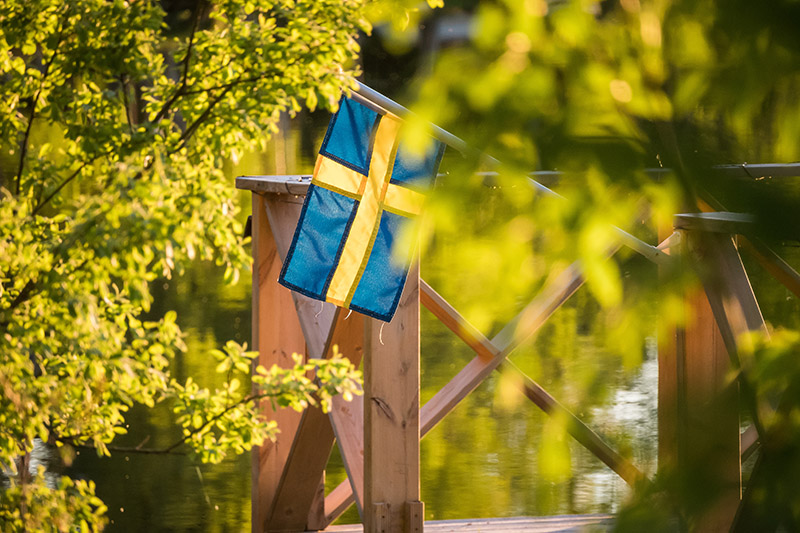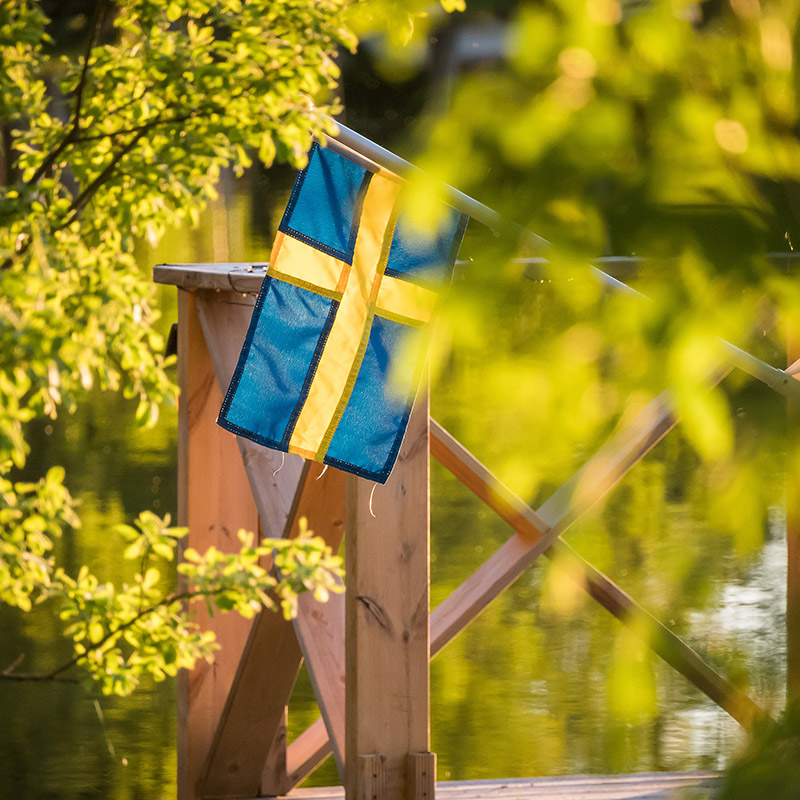
Although Sweden is an old nation that first emerged in the early 12th century, the Swedish national day is a young tradition and relatively misunderstood. To this day, many Swedes know little about why Sweden celebrate its national day or its origins.
The celebration of “National Days,” (e.g., celebrations of nationality) became more and more popular in 19th century Europe. In keeping with this trend, the founder and director of the Swedish outdoor museum Skansen, Arthur Hazelius, wanted to establish an annual day that would be a patriotic focus for his country. He chose June 6, 1893 for this celebration and called it Gustafsdagen, or, Gustaf’s Day. The day was named after the Swedish king Gustav Vasa, who was crowned king over Sweden on June 6 1523 after he liberated the nation from Denmark and ended the Kalmar union, making Sweden the sovereign nation it is to this day.
A second reason for this date is that June 6 also commemorates another significant part of Sweden’s history, the adoption of the instrument of government on June 6 1809 by the Swedish parliament, riksdagen. One of the fundamental laws that made up the constitution of Sweden until 1974 when it was changed to its current state.
Gustafsdagen was celebrated until 1916 when the celebration was renamed svenska flaggans dag, the day of the swedish flag. Svenska flaggans dag was celebrated until 1983, when the day for the first time was called Sweden’s National Day. The celebration didn’t become an official holiday until It wasn’t until 2005.
On the national day it is common for municipalities to celebrate with different kinds of performances, flag ceremonies and recognitions of residents that have become Swedish citizens during the past year. Skansen celebrates the national day every year with music, performances and festivities, and it is a tradition for the royal family to participate.

